Tocco Report: Electronic Waste 2030
Mapping the Desirable Afterlife of Electronics
Electronic waste has become the dark twin of digital progress. For every smartphone sold, every server installed, and every upgrade demanded by modern life, there is a corresponding discard, heavier, more toxic, and harder to ignore. And the numbers don't lie: in 2022, the world generated 62 million tonnes of e-waste, yet barely 22% entered formal recycling channels. The rest was lost to informal handling, storage, or landfill.
Electronic waste is, therefore, quite a defining challenge of material intelligence. It is where circular promises face industrial limits. It is where innovation must prove itself at scale. And the stakes are high. By 2030, global e-waste will reach an estimated 82 million tonnes. Whether that future reads as a mounting liability or a reclaimed resource depends on choices now unfolding across boardrooms, policy circles, and design studios.This report by Tocco team maps those decisions, highlighting the signals that matter for manufacturers, investors, and policymakers.

Explore This Report
Start with the Free Version or unlock the Full Report with deeper insights, case studies, and extra content.
- Collection & Capture
How electronics enter the loop - Recovery & Refining
From scrap to secondary raw materials - Circular Electronics & Smart Materials
Designing out future waste - Upcycling & Secondary Life
Reuse, remanufacturing & creative applications - Glossary
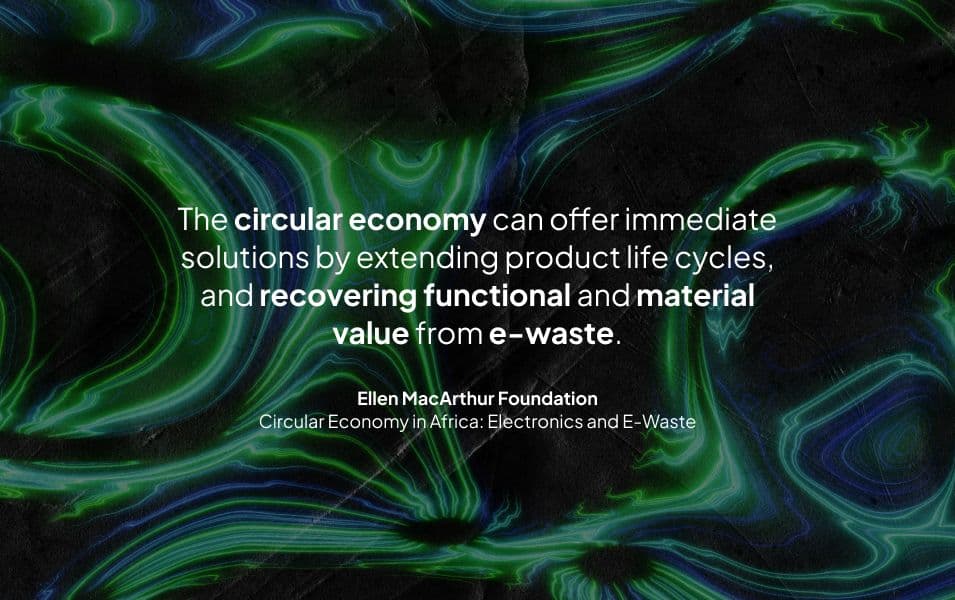
Materials in focus
Explore the innovative materials shaping the future
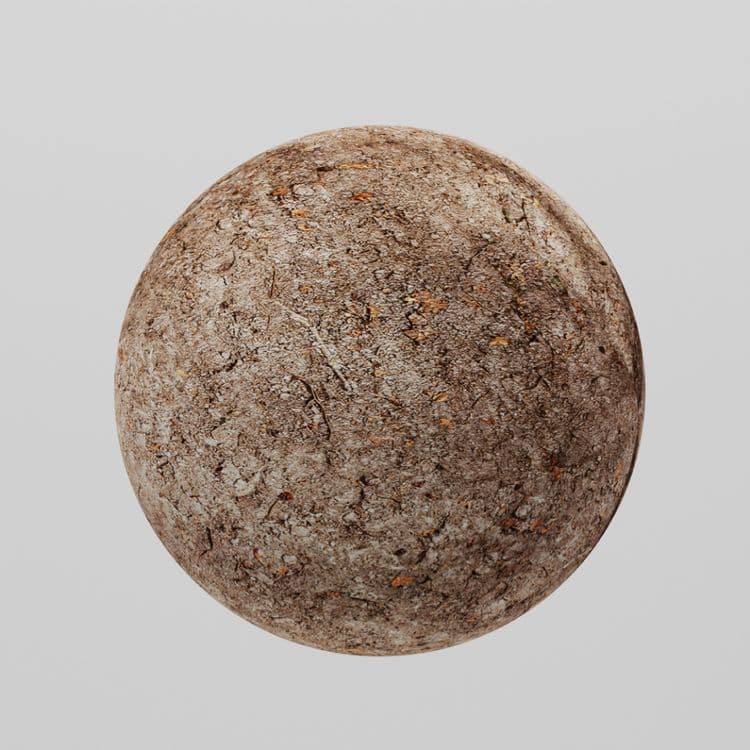
Biodegradable
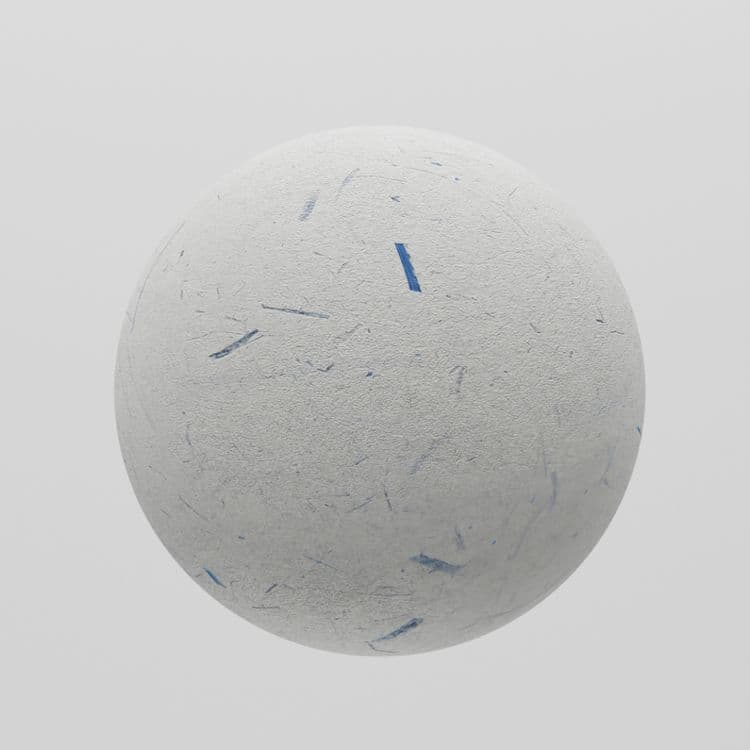
Recycled
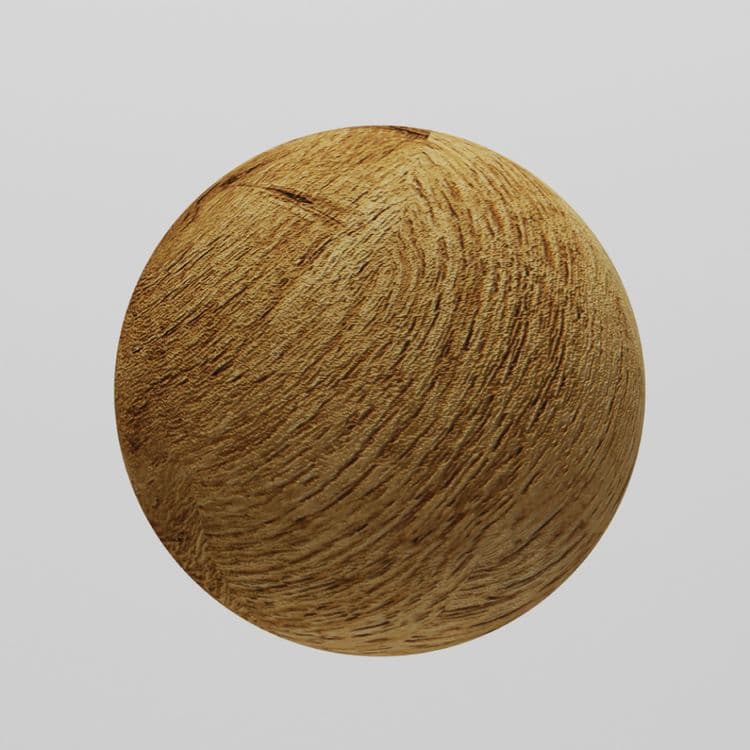
Bamboo
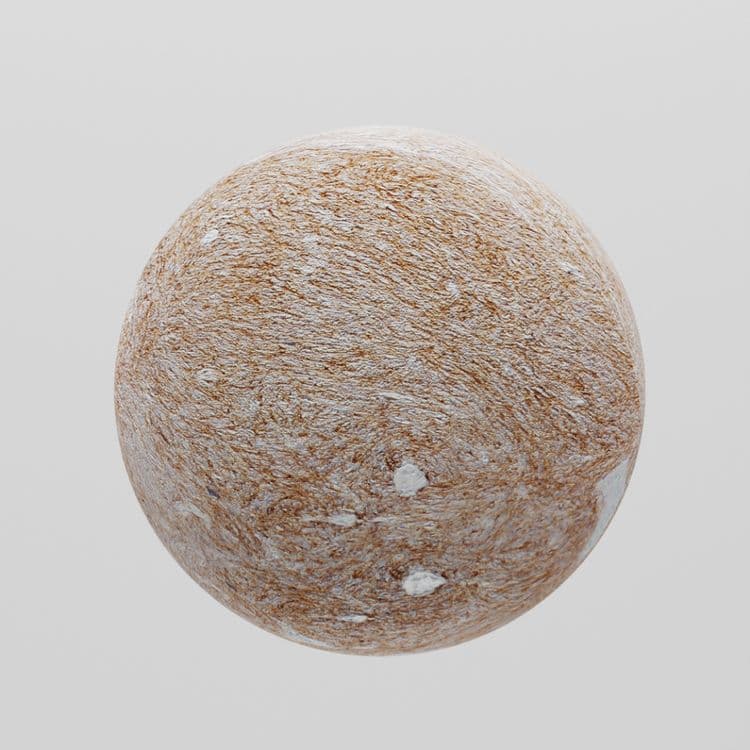
Mycelium
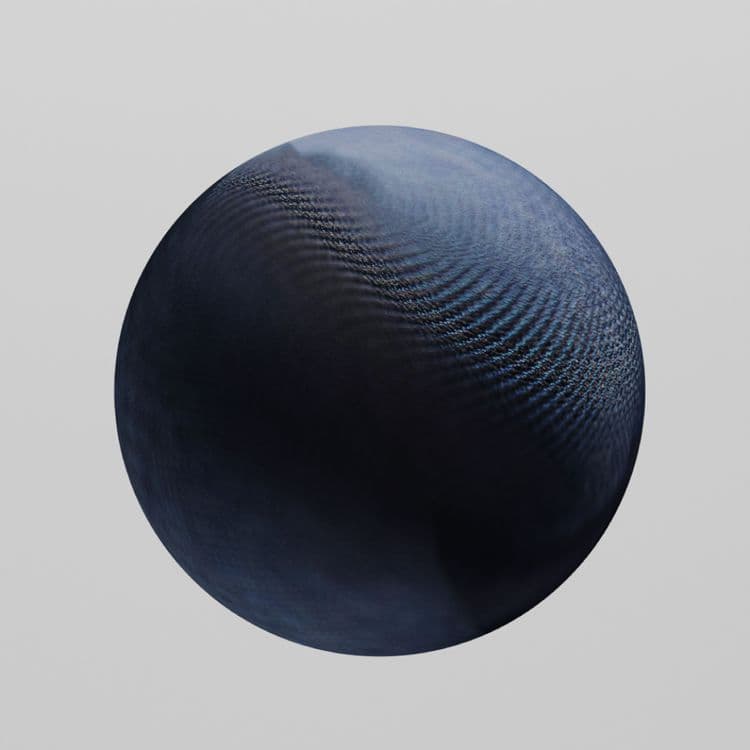
Silk
What's inside?
Hiro Robotics, an Italian company, develops AI-powered robotic systems that automate e-waste disassembly. Its modular units—TEIA for TVs and monitors, MAIA for unscrewing, NISA for PCB sorting, and EOS for solar panels—boost efficiency to 60–90 screens per hour, enhance component recovery, and support WEEE compliance. Partnering with utilities like Iren Group and A2A and backed by Levante Capital, Hiro is scaling its solutions across European recycling networks.
 something
somethingOther Available Reports
Expand your knowledge with our curated collection of industry-leading insights
Latest Design Stories
Weekly highlights from our community of innovators and pioneers